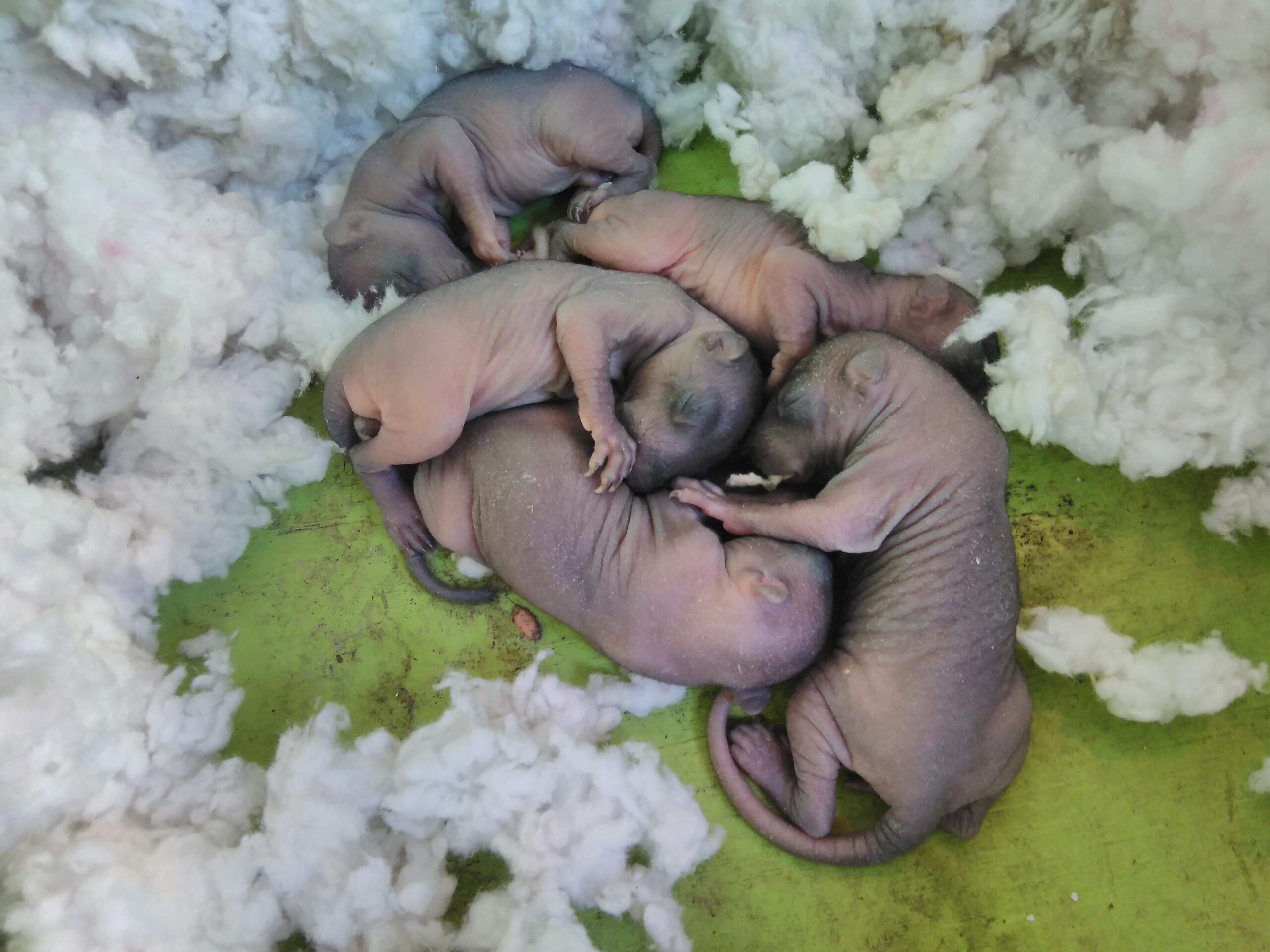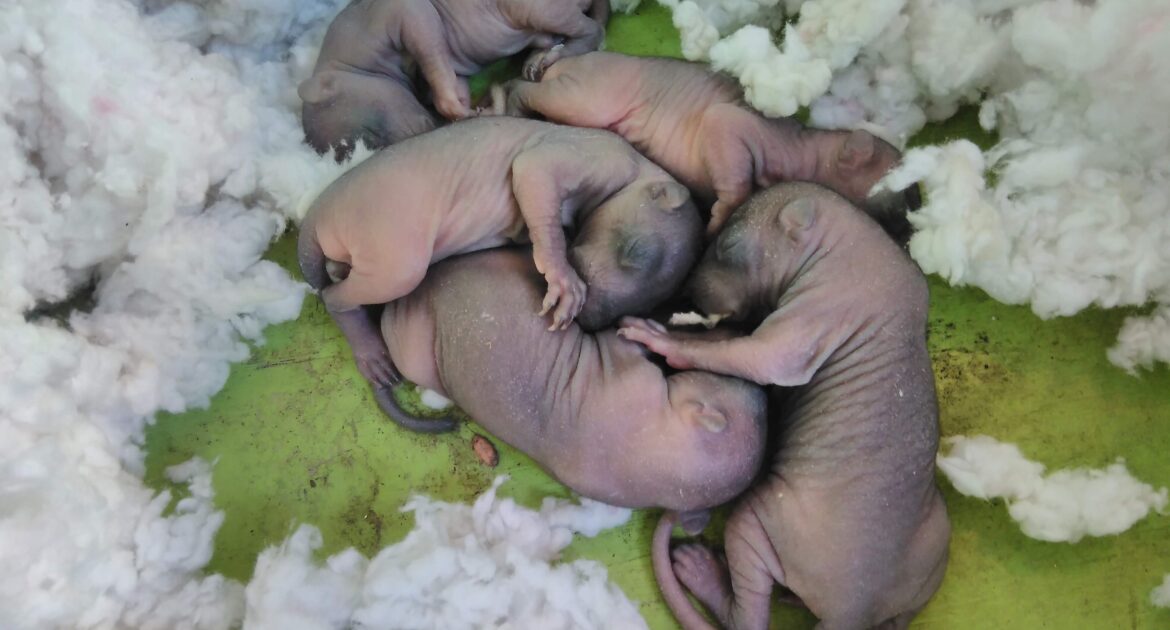Toronto, a city known for its diverse human population, is also home to a significant wildlife community, including a large number of squirrels. The growing squirrel population in Toronto is creating challenges for its residents. While these animals contribute to the city’s charm and bring a touch of nature to the urban setting, they frequently conflict with humans, necessitating increased wildlife removal in Toronto. This circumstance raises important questions about how to achieve coexistence and manage wildlife effectively, underscoring the need to balance urban expansion with the preservation of natural habitats.
One aspect of urban wildlife management that draws particular interest is the breeding patterns of squirrels, specifically the period baby squirrels spend with their mother. Understanding the lifecycle of these animals is essential for developing humane approaches to wildlife removal in the city.
The Life Cycle of a Squirrel: From Birth to Maturity
Squirrels have a fascinating life cycle that begins in the safety of a nest, high in the trees or sometimes snug in the attic of a house. Born blind, deaf, and utterly dependent, baby squirrels rely completely on their mother for warmth and nourishment. Typically, squirrel mating season comes twice a year, therefore, a mother will have two litters per year, one in the spring and another in late summer, with each litter usually consisting of two to four babies.
For the first few weeks of their lives, babies do nothing but eat and sleep. After about six weeks, they’ll start to open their eyes, and their adventurous spirit begins to show. However, they don’t venture far from the nest, and their mother continues to feed them until they’re ready to practice foraging at around eight weeks. This is an essential skill for their survival outside the nest.
By the tenth week, these young squirrels are somewhat independent but may still hang around their mother for a couple more weeks, learning the ropes of squirrel life. By the time they reach 12 weeks old, they are fully weaned and ready to strike out on their own.
This natural progression from dependence to independence is crucial for maintaining a healthy squirrel population, though it sometimes leads to encounters that necessitate wildlife removal in Toronto from Skedaddle. Understanding this cycle can help residents appreciate the role these animals play in our urban ecosystem and why humane solutions are important for managing wildlife conflicts.
Factors Affecting the Length of Time Baby Squirrels Stay with Their Mother
Several factors influence how long baby squirrels remain under their mother’s care before venturing out independently. These points not only highlight the adaptability of these animals but also provide insight into managing their population in urban settings:
- Environmental Conditions: Harsh weather can delay a young squirrel’s move to independence. Cold or rainy seasons might mean they stay cozied up with mom a bit longer for warmth and protection.
- Food Availability: Abundant food sources close to the nest can encourage earlier independence. However, if food is scarce, younglings might rely on their mother’s provision longer.
- Predator Presence: The risk of predators in the area can affect the timing. High predator risks mean babies may linger with their mothers for safety.
- Urban vs. Natural Settings: In urban areas, the presence of humans and modified landscapes can influence the learning curve for young squirrels, possibly extending or reducing their dependence on the mother based on available food and nesting sites.
- Health and Development: Individual health and growth rate also play a role. Stronger, more developed squirrels may strike out sooner, while those needing more care could stay with their mother longer.
Understanding these factors is crucial for humane wildlife management, ensuring both the well-being of the squirrels and the interests of Toronto’s residents are balanced.
How Squirrels Are Getting Into Your Home
Squirrels are crafty creatures and can find their way into your home through places you might never expect. A common question people ask is, “How do squirrels get into your house?” These animals use trees as their highways, leaping onto roofs from branches that overhang your home. Once on the roof, they look for weak spots like loose tiles or damaged roofing to make their entrance.
They are also masters of squeezing through small openings. They can fit through gaps in eaves, vents, and even the tiny cracks around windows or doors. If there’s an opening, no matter how small, a squirrel will see it as a welcome sign. Some even go as far as to chew through materials like wood or soft metal to create their own entryways, especially in attics, where they love to nest and raise their young away from predators.
Your home offers warmth, shelter, and potential food sources, making it an ideal habitat for them, especially during colder months. Keeping trees trimmed away from your house and inspecting your home for vulnerable spots are good steps to prevent these animals from making themselves at home in your space.
Skedaddle’s Humane Approach to Squirrel Removal
At Skedaddle, we prioritize a humane approach to squirrel removal, ensuring that these animals are treated with the respect and care they deserve. Our process begins with a thorough inspection of your property to identify entry points and assess the extent of the squirrel population. We understand the importance of keeping wildlife safe while also protecting your home from unwanted guests.
Once we’ve pinpointed where and how they are entering your home, we implement a hands-on removal technique. This involves safely guiding squirrels out of your home and preventing their return, without resorting to harmful traps or relocation strategies. Our method ensures that families of squirrels, especially mothers and their babies, remain together—a crucial aspect of their social structure and development.
To prevent future invasions, we focus on long-term solutions rather than quick fixes. This includes securing potential entry points and offering advice on how to make your property less appealing to these animals. We believe in educating homeowners about coexisting with local wildlife in a way that’s safe and beneficial for both parties.
Our commitment to humane practices extends beyond removal. We also provide care for any squirrels that may have been injured in their adventures around human habitats. Skedaddle’s approach is all about compassion, ensuring that as we protect your home, we also preserve the well-being of the animals.
Humane Squirrel Removal Services In Toronto
Understanding the lifecycle of squirrels and the factors influencing their interaction with our urban spaces sheds light on the importance of coexisting peacefully with these animals. While squirrels can inadvertently become uninvited guests in our homes, remembering the role they play in our ecosystem is key.
For those times when wildlife, like squirrels, find their way a bit too close for comfort, Skedaddle’s humane approach to wildlife removal in Toronto offers a compassionate solution that respects the well-being of these creatures while safeguarding your home. Remember, managing wildlife encounters doesn’t have to be a battle; with the right knowledge and approach, it can be a harmonious balance.
If you’re experiencing unwelcome wildlife visits, consider reaching out to Skedaddle Humane Wildlife Control, which values both your peace of mind and the animals’ safety. Together, we can ensure a safer, healthier coexistence with these animals.




